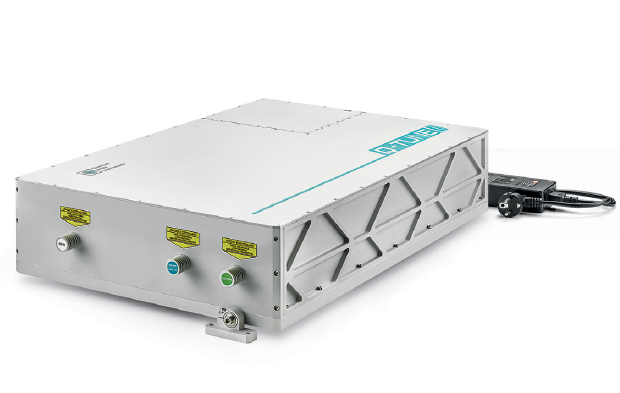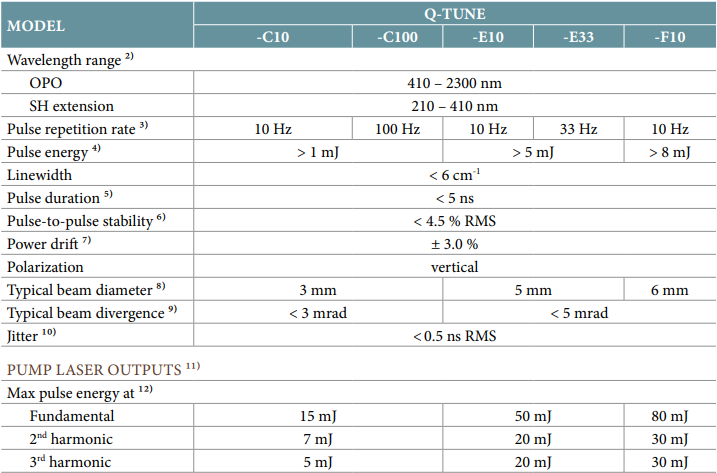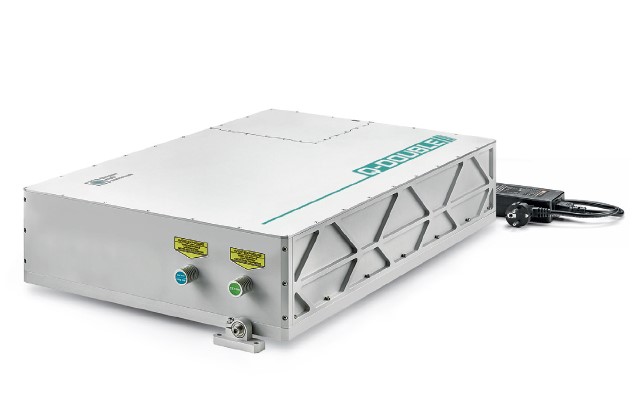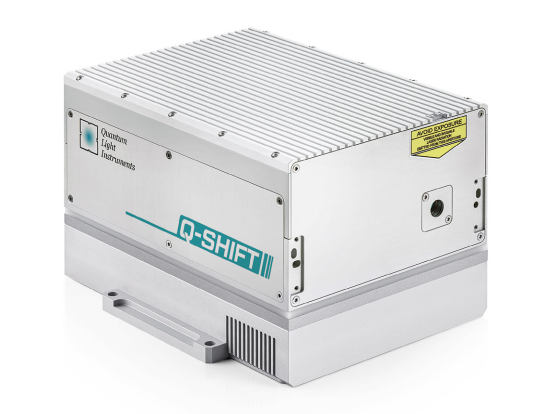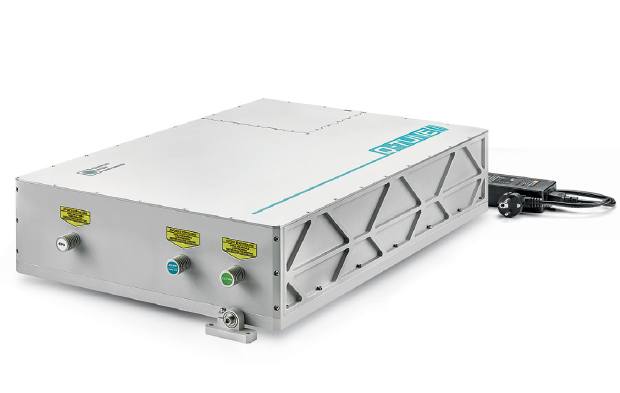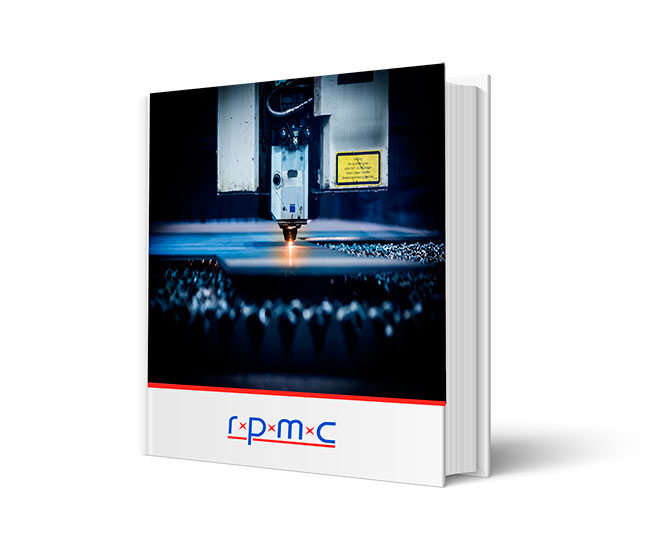Q-TUNE
Tunable DPSS Laser, OPO, ns pulsed, 210-2300nm, up to 8mJ, up to 100Hz
Key Features:
- Hands-free, automated tuning from 210 to 2300 nm
- Microprocessor controlled – self-optimization/calibration
- Air-cooled (water-free)
- Little to no maintenance
- Remote monitoring, control & diagnostics
- Turnkey performance & User-friendly web interface
- >2 G shot pump diode lifetime
- Many options, configurable & customizable
Get help selecting the right configuration for you!
If you do not see exactly what you need, please contact us!
The Q-TUNE series is a highly efficient, air-cooled, tunable wavelength laser, providing up to 8mJ, shorter than 5ns pulses at up to 100Hz, designed for temporally resolved spectroscopy, metrology, photo-acoustic imaging, and remote sensing applications. This laser uses an optical parametric oscillator (OPO) to produce a tunable wavelength range of 410-2300 nm with a linewidth narrower than 6 cm-1, which can extend to 210-410 nm with an optional second harmonic generator. Options for air purging for UV optics, spectrometer, and fiber-coupled OPO output are also available.
We’re experts in selecting the right laser for your application!
Benefits:
- Hands-free, automated tuning & remote control and support: user-friendly web interface simplifies laser operation and allows remote control from any computer or smart phone browser.
- Wide tunable wavelength range of 410-2300 nm with a linewidth narrower than 6 cm-1, which can be extended down to 210 nm with the optional second harmonic generator.
- High pulse energy in the visible spectrum, combined with a short pulse duration makes it ideal for temporally resolved spectroscopy, metrology, photo-acoustic imaging and remote sensing applications.
- Repetition rate options of 10, 33, or 100 Hz accommodates various applications for higher flexibility
- API for integration with user devices: Customize experimental setups and perform complex experiments or industrial processes with remote control integration.
- Internal or External triggering modes, which enables synchronization with other instruments or experiments.
- Separate output ports for access to pump laser wavelengths, which makes it easier to integrate with other experimental setups.
- Low power consumption and air purging for long lifetime of UV optics, which reduces maintenance and operating costs.
- Breakthrough water-free laser crystal pumping technology, which ensures high quality laser beam with minimal maintenance required.
- All laser electronics integrated into the housing, including an air-cooling system, eliminating the need for chillers or large power supplies, which saves space and simplifies installation.
- Guaranteed pump diode lifetime greater than 2 giga-shots, which provides long-term stability and reduces downtime.
Don’t hesitate to ask us anything!
With automated tuning and flexible triggering modes, this laser system is designed to simplify scientific research while ensuring high-quality results. The low power consumption, air purging technology, and breakthrough water-free laser crystal pumping technology further increase the lifetime and efficiency of the Q-TUNE series. Optional extensions are also available like a second harmonic generator to increase the tuning range down to 210 nm with a <12 cm-¹ linewidth, fiber-coupled OPO laser output, compact spectrometer for real-time monitoring of OPO wavelength and linewidth, and air purging for extended UV optic lifetime, allowing for a wider range of applications, making the Q-TUNE a versatile and valuable addition to any research project.
Q-TUNE Configuration Table:
Don’t hesitate to ask us anything!
| Wavelength (nm) | |
|---|---|
| Description | Tunable DPSS Laser, OPO, ns pulsed, 210-2300nm, up to 8mJ, up to 100Hz |
| Type | Pulsed DPSS Lasers, Tunable Lasers, Multi Wavelength, High Pulse Energy, High Peak Power, Turn-Key System, Customizable |

 BUY NOW
BUY NOW 